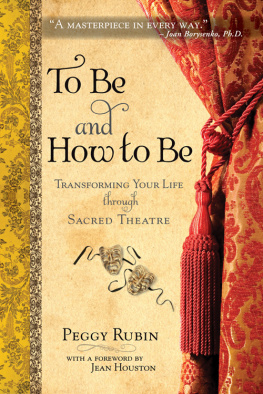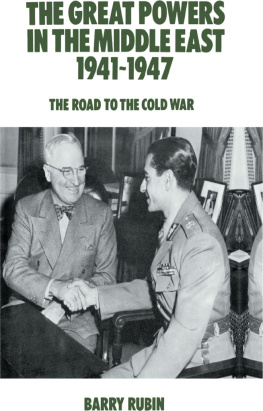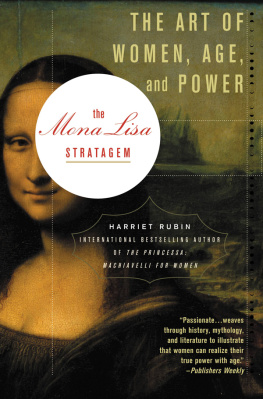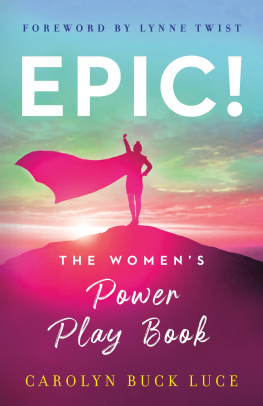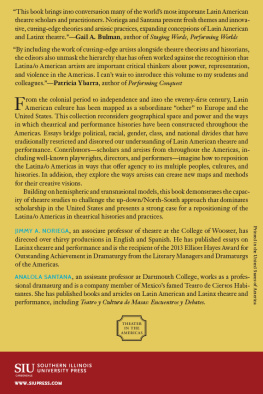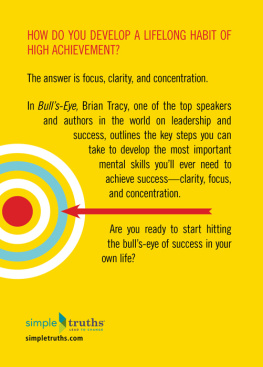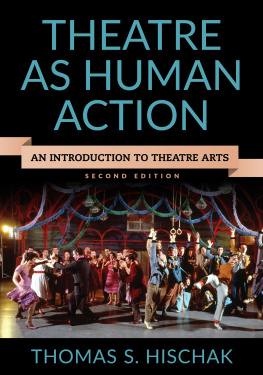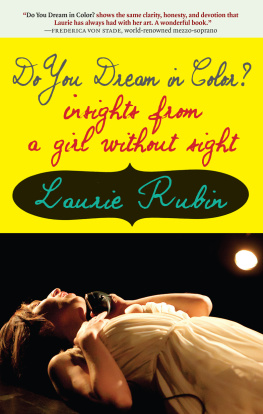
To Be and How to Be
TRANSFORMING YOUR LIFE
through
SACRED THEATRE
P EGGY R UBIN

Learn more about Peggy Rubin and her work at http://sacredtheatre.org
Find more books like this at www.questbooks.net
Copyright 2010 by Margaret N. Rubin
First Quest Edition 2010
Quest Books
Theosophical Publishing House
PO Box 270
Wheaton, IL 60187-0270
Without limiting the rights under copyright reserved above, no part of this publication may be reproduced, stored in or introduced into a retrieval system, or transmitted, in any form, or by any means (electronic, mechanical, photocopying, recording, or otherwise), without the prior written permission of the publisher of this book.
The scanning, uploading, and distribution of this book via the Internet or via any other means without the permission of the publisher is illegal and punishable by law. Please purchase only authorized electronic editions, and do not participate in or encourage electronic piracy of copyrighted materials.
While the author has made every effort to provide accurate telephone numbers and Internet addresses at the time of publication, neither the publisher nor the author assumes any responsibility for errors or for changes that occur after publication. Further, the publisher does not have any control over and does not assume any responsibility for author or third-party websites or their content.
Cover design by Jessica Stevens, www.design-savvy.com
Text illustrations by Trish Broersma
Text design and typesetting by Wordstop Technologies (P) Ltd, Chennai, India
Page 101: Excerpt from A Tewa Prayer, from p. 13 in The Tewa World: Space, Time and Becoming in Pueblo Society, by Alfonso Ortiz. Copyright 1969 The University of Chicago Press. Page 159: Excerpt from Like a Planet, by James Bertolino reprinted by permission of the poet, Snail River, 1995, Quarterly Review of Literature, Contemporary Poetry Series. Page 193: Excerpt from The Man Watching, by Rainer Maria Rilke from Selected Poems of Rainer Maria Rilke: A Translation from the German and Commentary by Robert Bly. Copyright 1981 by Robert Bly. Reprinted by permission of HarperCollins Publishers. Page 232: Excerpts from Love after Love, from Collected Poems 19481984, by Derek Walcott. Copyright 1986 by Derek Walcott. Reprinted by permission of Farrar, Straus and Giroux, LLC and Faber and Faber Ltd. Page 248: Excerpt from Fire in the Head: Shamanism and the Celtic Spirit, by Tom Cowan. Copyright 1992 by Tom Cowan. Reprinted by permission of HarperCollins Publishers and Riverside Literary Agency as agents for the author. Pages 25556: Thanks, from Rain in the Trees, by W. S. Merwin. Copyright 1988 by W. S. Merwin. Used by permission of Alfred A. Knopf, a division of Random House, Inc. Pages 25657: School Prayer, from I Praise My Destroyer, by Diane Ackerman. Copyright 1998 by Diane Ackerman. Used by permission of Random House, Inc.
Library of Congress Cataloging-in-Publication Data
Rubin, Peggy.
To be and how to be: transforming your life through sacred theatre / Peggy Rubin.1st Quest ed.
p. cm.
Includes bibliographical references (p. ).
ISBN 978-0-8356-0853-4
1. Spiritual life. 2. Self realizationReligious aspects. 3. TheaterReligious aspects. I. Title.
BL624.R74 2010
ISBN for electronic edition, e-pub format: 978-0-8356-2042-0
4 3 2 1 * 10 11 12 13 14
To
Jean Houston, Jodie George, Sharron Dorr
and
all the Players creating their lives as Sacred Theatre
The soul is here for its own joy.
Rumi
Contents
Foreword
Y ou are about to enter a masterpiece so important, so radically original, so critically helpful that, frankly, at first I felt speechless to comment on it. In this book you will become a passionate player on the stage of your own lifes journey. You will find new heart, new mind, new voice, and new expression. Most importantly, you will be drawn into the genius and magic of Peggy Rubin.
Peggy Rubin is a master of the once-and-future art of Sacred Theatre. A brilliant actor, teacher, scholar, and evoker of the depths of human possibilities, since 1987 she has created in her workshops a powerful modern version of using the mysteries of the theatre to open people to the art, spirit, and creativity inherent in the drama of their lives.
In this work she draws upon antecedents in the Mystery traditions. The rites of the ancient Mysteries provided powerful initiatory journeys of anguish, grief, loss, redemption, knowledge, and ecstatic union with the god or goddess. During the journey one died in some sense to ones old self and was reborn to a higher self or even to identification with the goddess or god. One also received special wisdom and training into deeper life and its meaning.
Often, the journey followed the story of the suffering of gods and goddesses. The training came from the goddesss representativesas in the cult of the Triple Goddess in the Eleusinian Mysteriesin her aspect as Persephone, Demeter, and Hecate; that is, as maiden, fertile Mother, and wise old crone. This most renowned of Mysteries assured a life-changing experience as the participant witnessed the tale of Demeter losing her child Persephone to the god of death, Hades, who makes her queen of the Underworld. The grieving Demeter searches everywhere for her and, as goddess of agriculture, causes the crops to die and the world to become a wasteland. But then, aided by Hecate, a goddess of wise magic and of crossroads, Demeter is able to recover Persephone for part of the year, during which time life on earth is renewed.
We know very little of what happened during the ancient Mystery rites. However, from what can be recovered from early Christian commentaries drawn from those who sneaked in on false pretenses, we gather that, imitating Persephone, the initiate underwent a physical and symbolic night descent into the Underworld, where the initiatory experience occurred. A fragment of a work by the Greek poet Pindar says of the initiates upon their return: Happy are they who, having beheld these things, descend beneath the Earth. They know lifes end but also a new beginning from the gods.
As in those ancient Mysteries, this book provides the reader and serious practitioner an experience of the journey from ones ordinary diminished condition into extraordinary life, a new beginning from the gods. By what means does such a transformation come about? Based on her many years as a Shakespearean and classical actor, Peggy Rubin uses the traditional theatre (and occasionally movies and television) as a metaphor for framing and living life. Drawing from the plays and rituals of many cultures, but principally from Shakespeare, she leads you, the reader, into experiences that explore, evoke, and help resolve your most pressing and confounding issues. Everything is here: life in its incandescence and with a cast of characters that encompasses the entire human condition. You discover personae and capacities you probably never knew you had and, through the great nine powers of the theatre, glean the wisdom and practices to bring you home to the deep truths of who and what you really are. As Peggy leads you consciously to work with some of the greatest characters in human history, a rich and varied world of experience opens to you. You can feel the passions of Romeo and Juliet and wield the magical powers of Prospero. With Viola, you can exuberantly play with a complete change of identity and, with Hamlet, become a master of expression. You can experience the pride and doubt of Othello and, with Balinese sacred dancers, know the transformative value of conflict. With Oedipus, you can gain the equanimity to overcome even the cruelest fate; with Hermione and Helena, you can die and be reborn. And, ultimately, you can enjoy the gifts of the Cauldron of Plenty as they were bestowed by Dagda the Good, the Celtic god of abundance.
Next page
